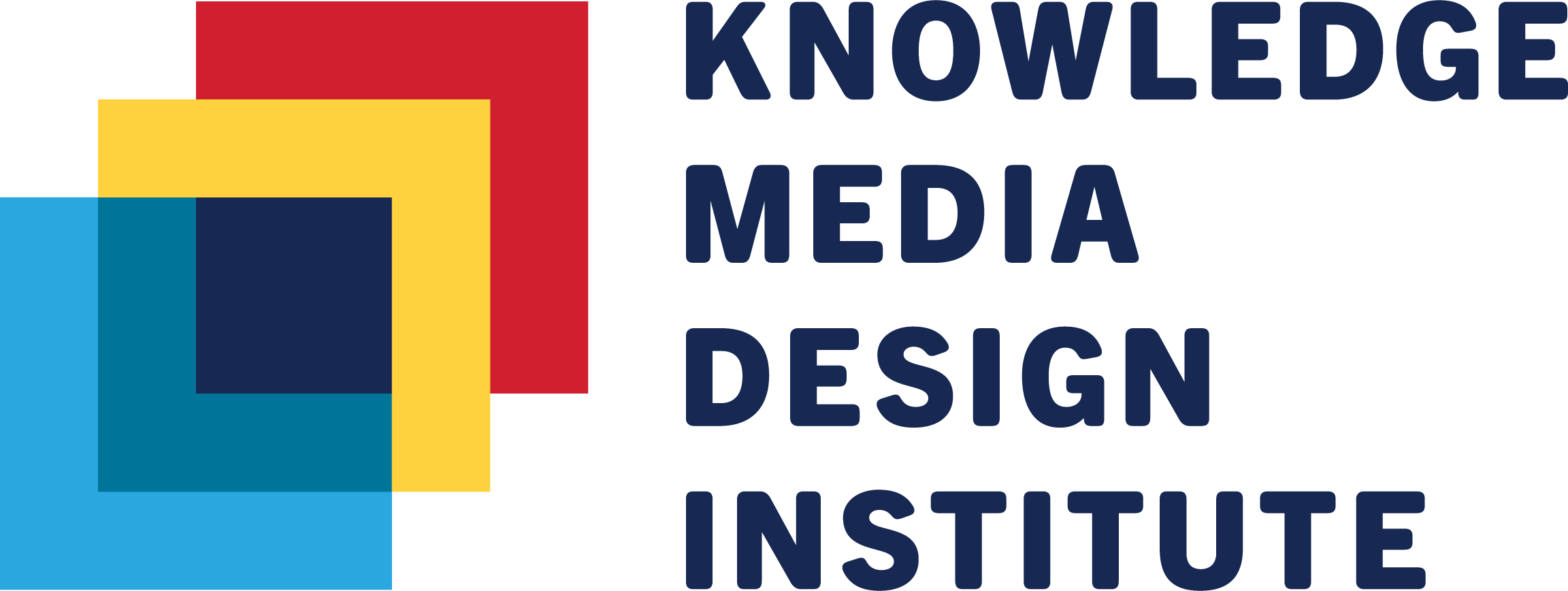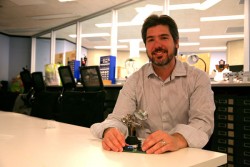The KMDI faculty is not short of great research minds. Dr. Matt Ratto continues to direct and lead research that “crosses boundaries between the digital and physical world.”
Dr. Ratto received his PhD from the University of California in 2003, a two-year post-doc at the Netherlands Institute for Scientific Information and later came to the University of Toronto in 2008. As director of the U of T Semaphore Research lab and Associate Professor at the Faculty of Information’s iSchool, Dr.Ratto’s work is very much focused around human life intersections with digital technologies.
The Semaphore Research lab is a branch of the iSchool and like KMDI is home to the U of T Faculty of Information. In 2007, Dr. Ratto created the term “critical making” to describe work that brings humanities insights and engineering practices together. He shared with us about the term and his research focus that gained increased popularity following a story in the Toronto Star.
Since you coined the term “critical making”, have you observed a sharper focus on the intersections between human life and digital technologies in your teachings?
I have seen a lot of changes in the scholarship on technology in the social sciences and humanities. Material production has been incorporated to a much greater degree than before, though now the need is to make sure that we do not lose our conceptual rigour when we make!
What was the response to your current project (Uganda 3D Printing and Prosthetic Limbs) following the Toronto Star piece? What were your impressions of how people responded to the work?
We were really shocked to see the wide interest in our work, both from media but also from clinical contexts. I think the project really demonstrates the value of a humanities approach to technological innovation that addresses the deeper social context of use, treats systems as social as well as technical, and works to legitimate the insight and perspectives of users.
What has happened with the Uganda 3D Printing Projects since the January 1, Toronto Star article?
Well, we completed the Ugandan trial at CorSU hospital in August, 2015 and then have used the results to revise our tool chain and to plan our future work. With our NGO partner, CBM Canada, we have established a non-profit organization to scale up. The organization is called Nia Technologies (http://www.niatech.org) and we are just about to announce significant foundation funding in the next few days!
How (if at all) were Semaphore/UofT students involved in the Uganda 3D Printing Project?
A number of students have been involved, first and foremost Ginger Coons who recently completed her PhD in the Faculty of Information. In addition to Ginger, Timo Gmeiner from Mechanical Engineering and Vincent Chen from ECE have been active in the work and accompanied me to Uganda for the first trial.
What have you enjoyed the most about being part of the KMDI faculty?
The most important part of KMDI are the students involved in the various academic programs. They are the heart and soul of the institute and I really enjoy working with them.
What are some of your favourite current projects?
We have a new project working with Anesthesiologists at Toronto General to figure out how patient-specific 3D printing can improvise surgical training and planning. Once again, a project that connects conceptual work from the social sciences about how people validate knowledge and produce expertise to specific technical innovations. I am very excited about the potential.
—
Thank you Dr. Matt Ratto for sharing about your projects and work within Semaphore and KMDI. You can follow Matt on twitter or check out the website criticalmakinglab.com for more updates.
-Edited by Raquel A. Russell

